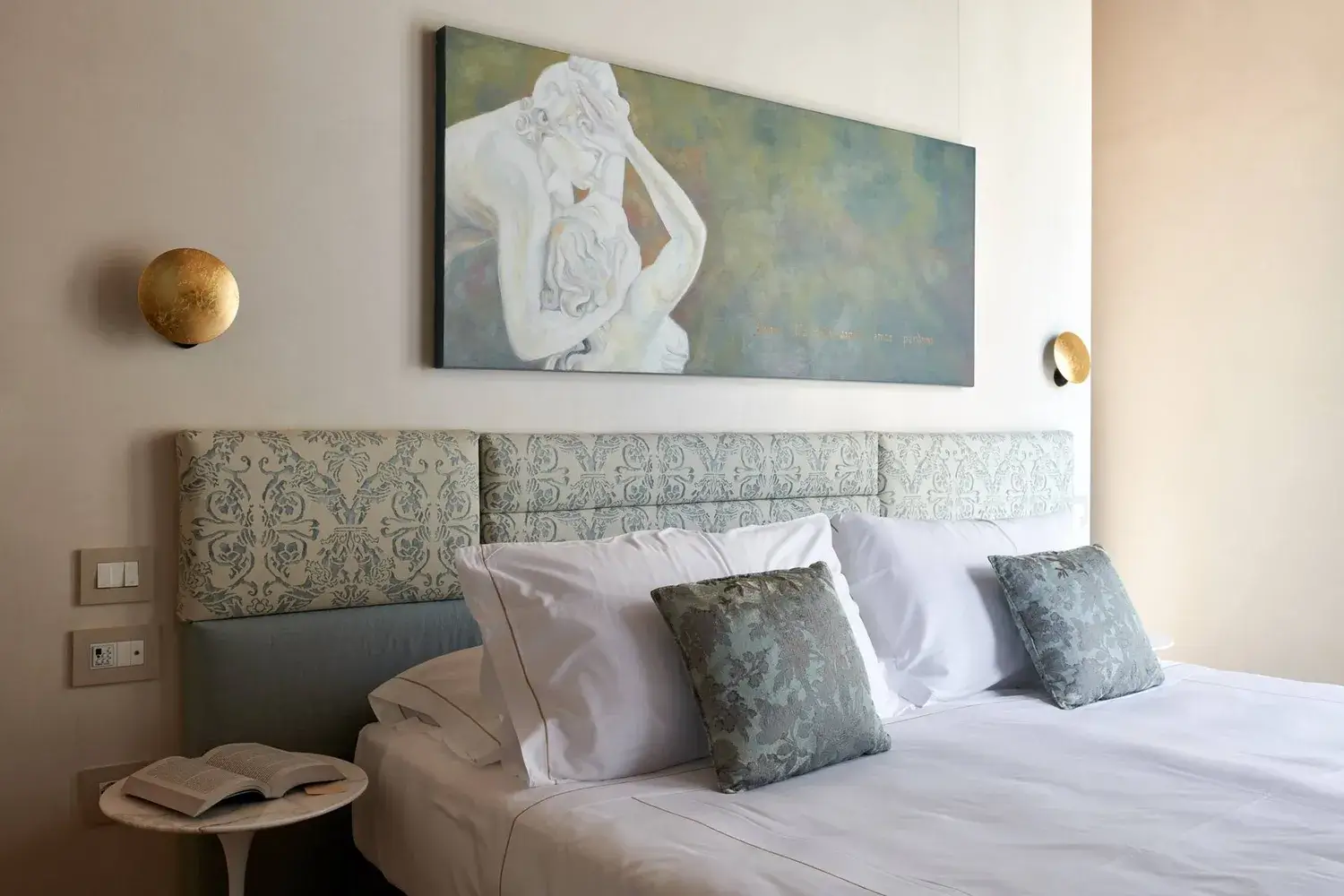The Palazzo

The Palazzo
A testament to Venetian grandeur
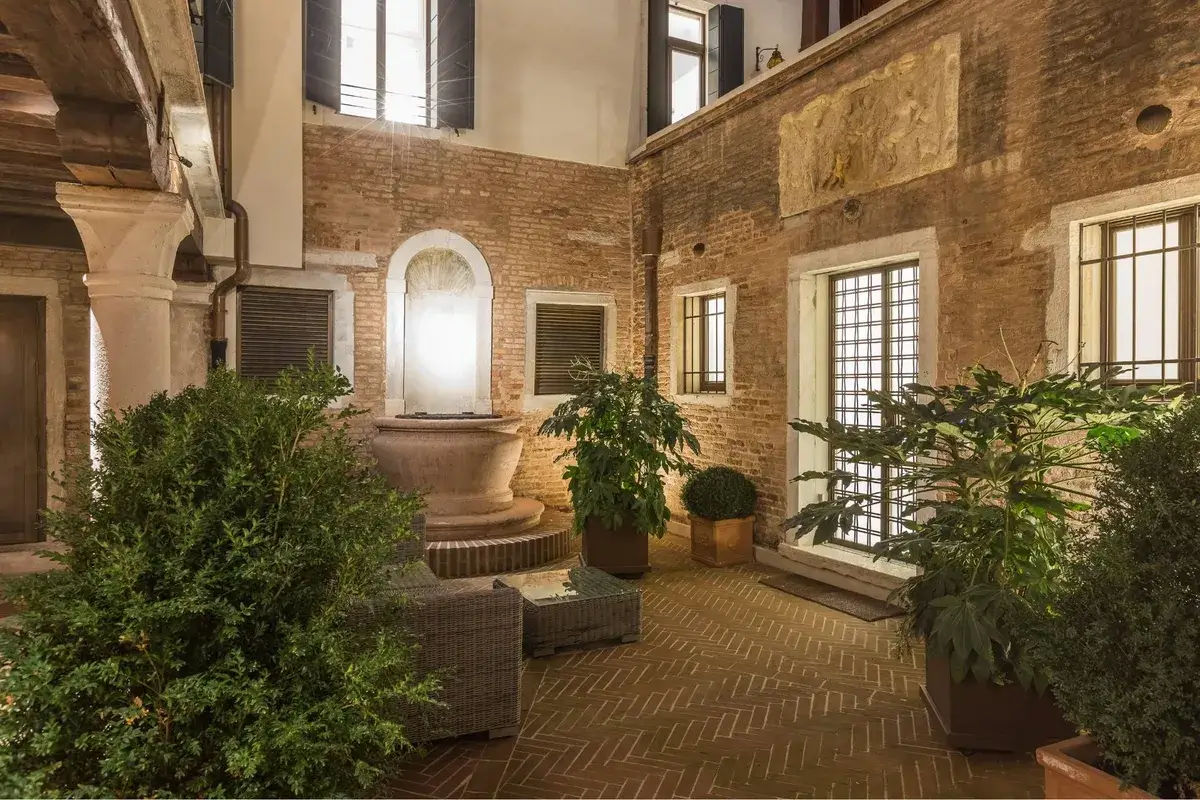

Palazzo Morosini boasts deep historical roots, as illustrated by the eighteenth-century allegorical frescoes that adorn its facade. The Morosini family's name, long associated with the Palazzo, has recently been complemented by the suffix 'degli Spezieri' in tribute to the merchants who once thrived in the nearby 'Calle degli Spezieri.' Today, the Palazzo is a vibrant tapestry of colors, aromas, and fragrances. Each apartment is named after a spice that has, since the 1200s, enriched Venice's cuisine, economy, art, and customs.
The history

1204
During the Fourth Crusade, Domenico Morosini brought four bronze horses to Venice as spoils of war. During the journey, one of the horses' legs broke, and it was subsequently mounted on the facade of the family’s home.

1261
After spending over fifty years in the Venetian Arsenal, the horses were placed on the facade of St. Mark's Basilica following the fall of the Eastern Latin Empire, serving as both a religious and political symbol.
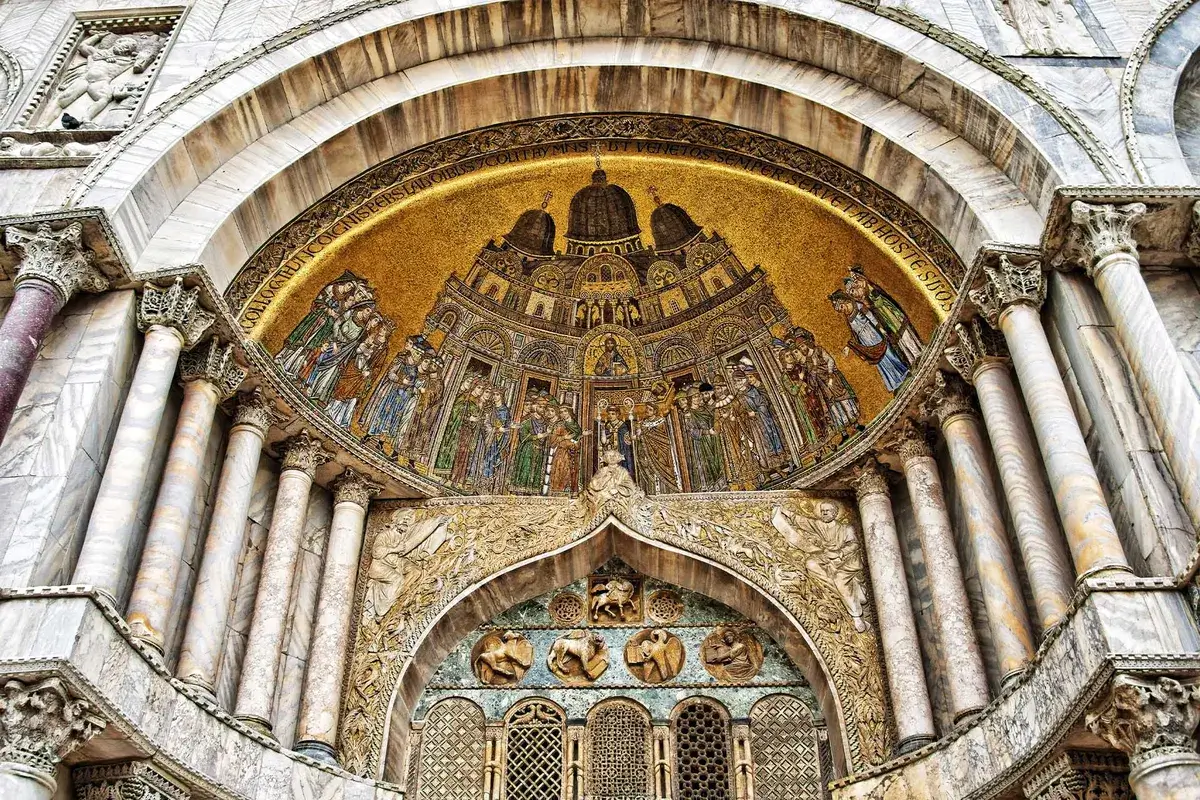
1265
On the fanlight above the portal of Sant'Alipio at St. Mark's Basilica, the Marciano mosaic depicts the four horses in the exact positions they still occupy on the facade.

1364
Francesco Petrarca's writings provide the earliest written testimony to the presence of the quadriga on the facade of the Basilica.
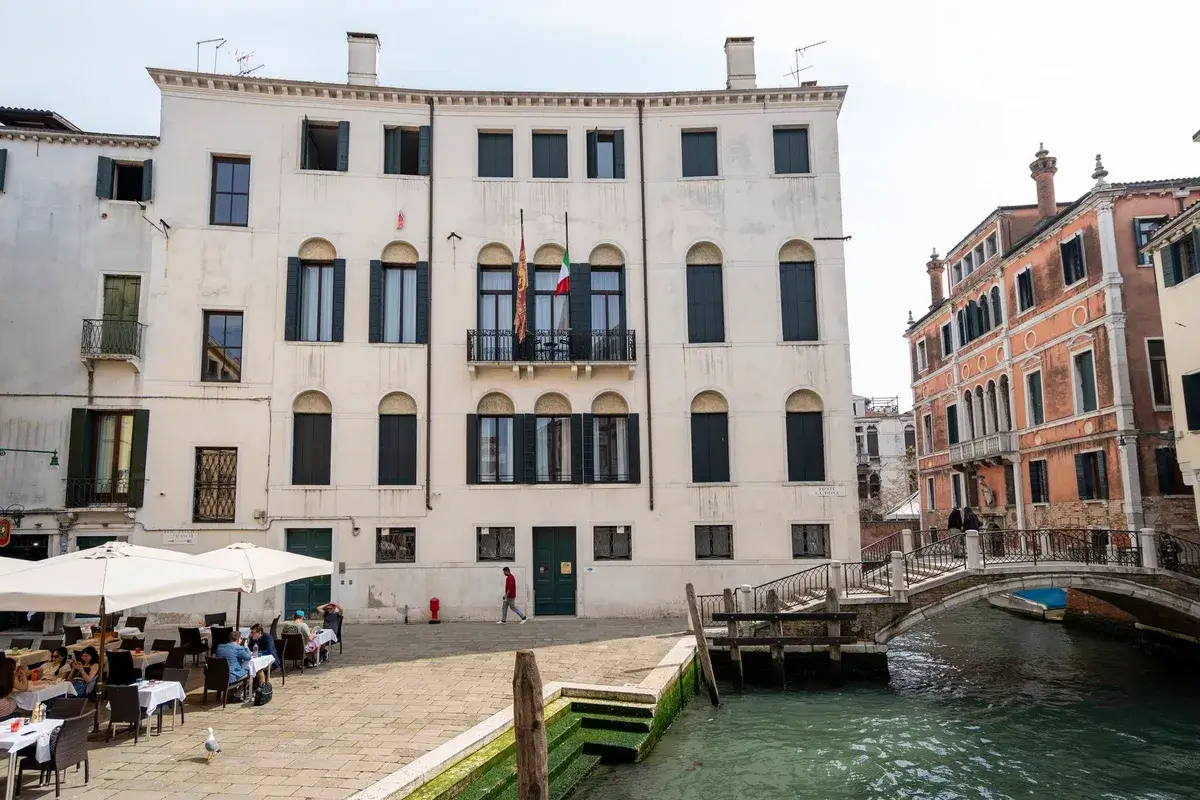
1400
Transferred to the Contarini family, the Palazzo continued to showcase its war memorabilia on the facade. Subsequently, its traces vanished, and its fate became shrouded in mystery.

1500
At the height of the Morosini dynasty, during the era of the Via delle Spezie, merchants engaged in spice trade operated in the vicinity of the Palazzo, possibly utilizing its warehouses, as indicated by the nearby 'Calle degli Spezieri'.
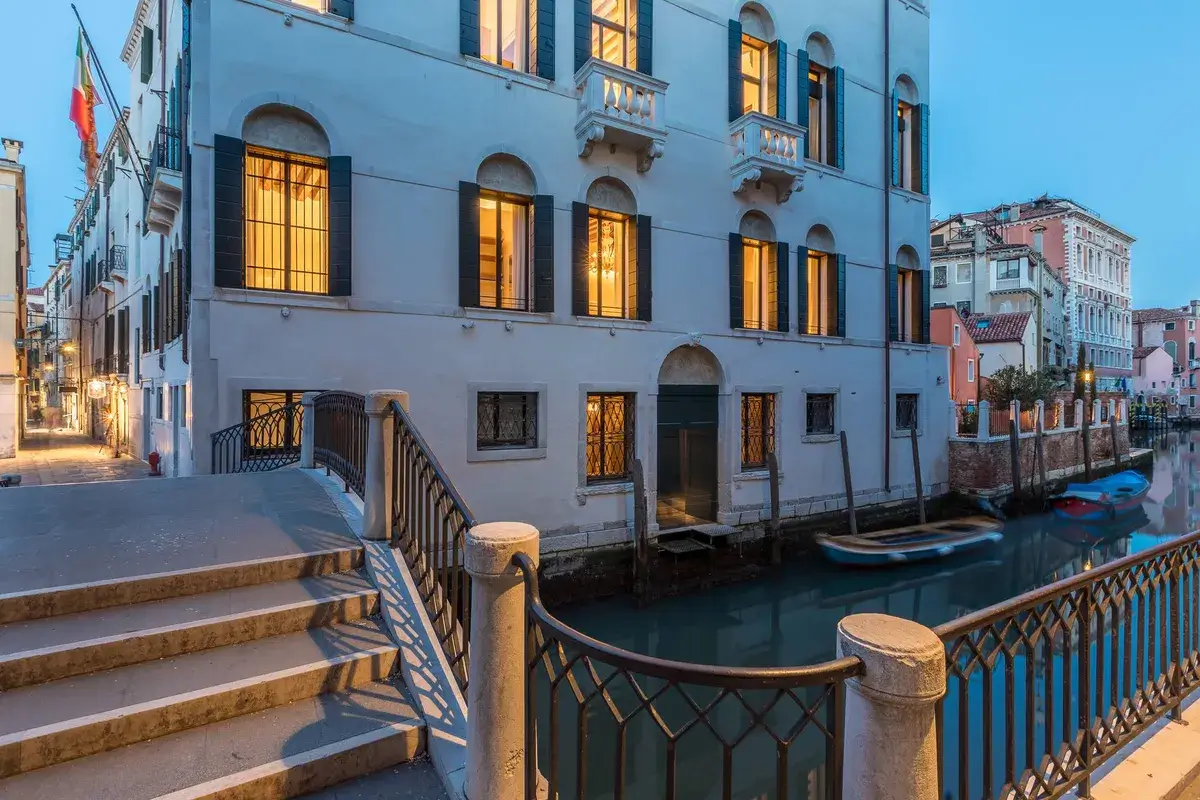
2000
For centuries, the Palazzo has preserved the name of the Morosini family. Recently, it has also been given the suffix 'degli Spezieri' to honor the Venetian merchants who, starting from Venice, distributed spices from the East across Europe.
The garden
The verdant core of the building
Palazzo Morosini's garden is a captivating retreat, offering a 200-square-meter oasis featuring an outdoor kitchen and scenic canal views. Here, you can relax on plush sofas with a good book, enjoy your favorite movie on a roll-down screen, or savor a refreshing drink in serene surroundings. This secluded green haven is perfect for hosting intimate events, including receptions, birthdays, and other special occasions.
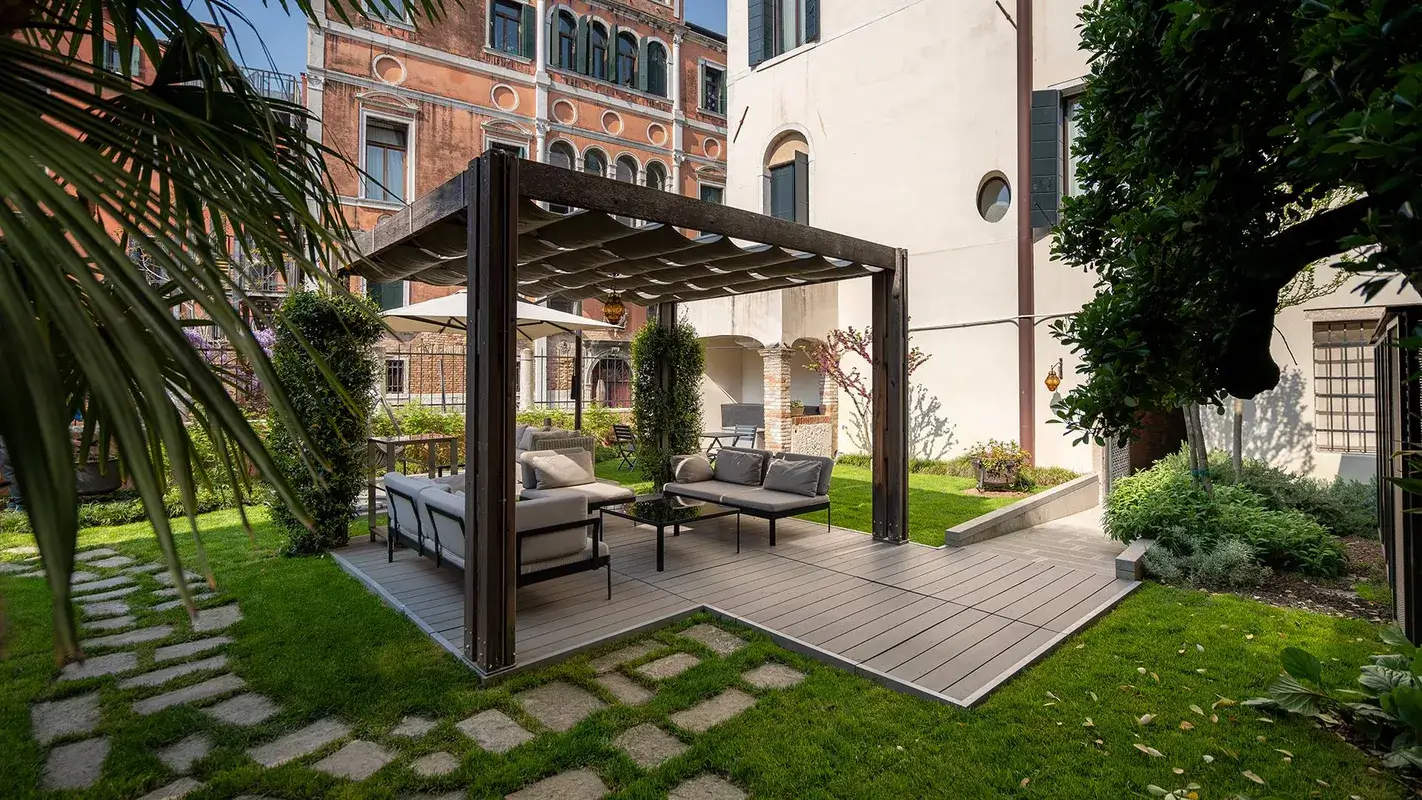
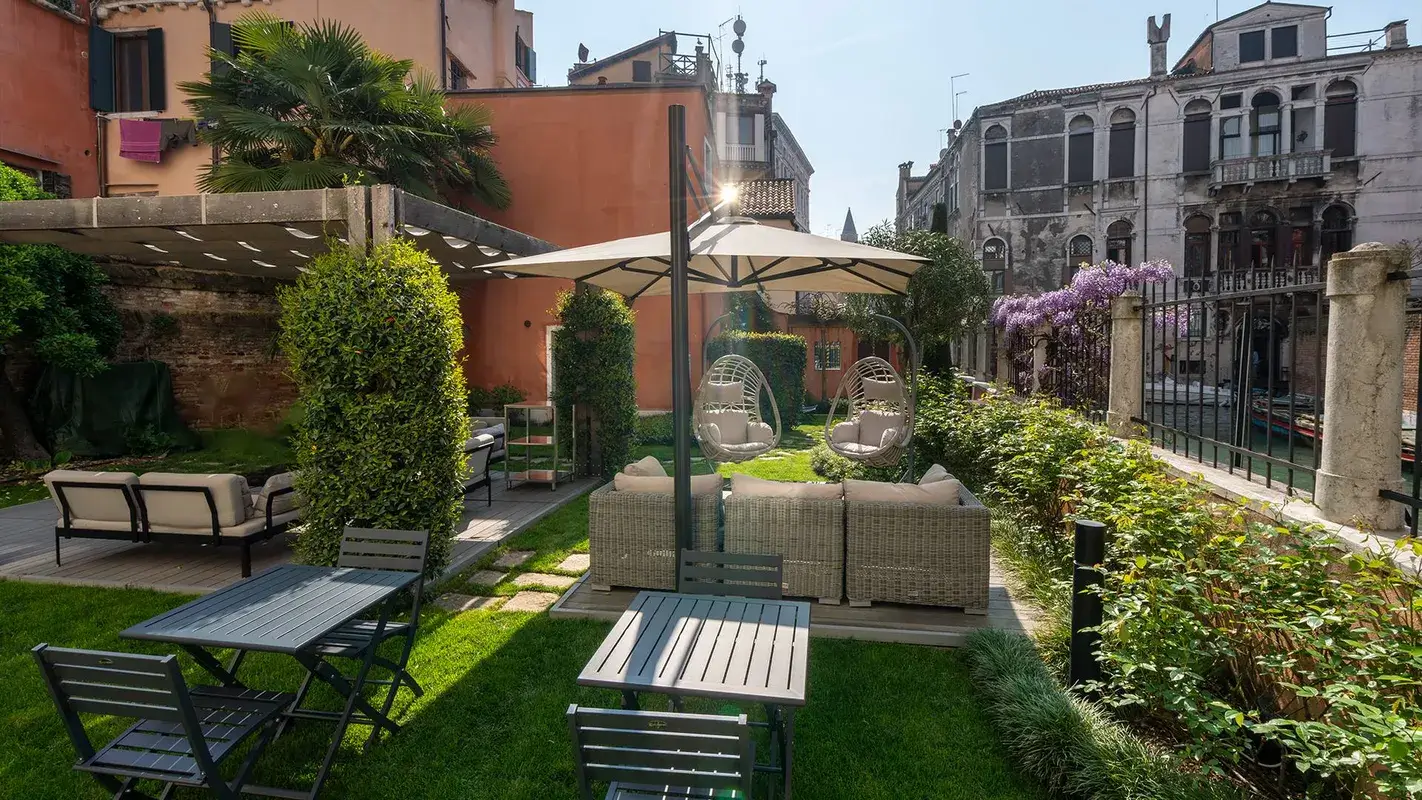

In the heart of the city
In San Polo, away from the hustle and bustle
Palazzo Morosini degli Spezieri is situated in a quiet campiello within the vibrant San Polo district. This central location provides convenient access to major attractions like the Basilica dei Frari and the Rialto Bridge, while remaining pleasantly removed from the typical tourist crowds.
